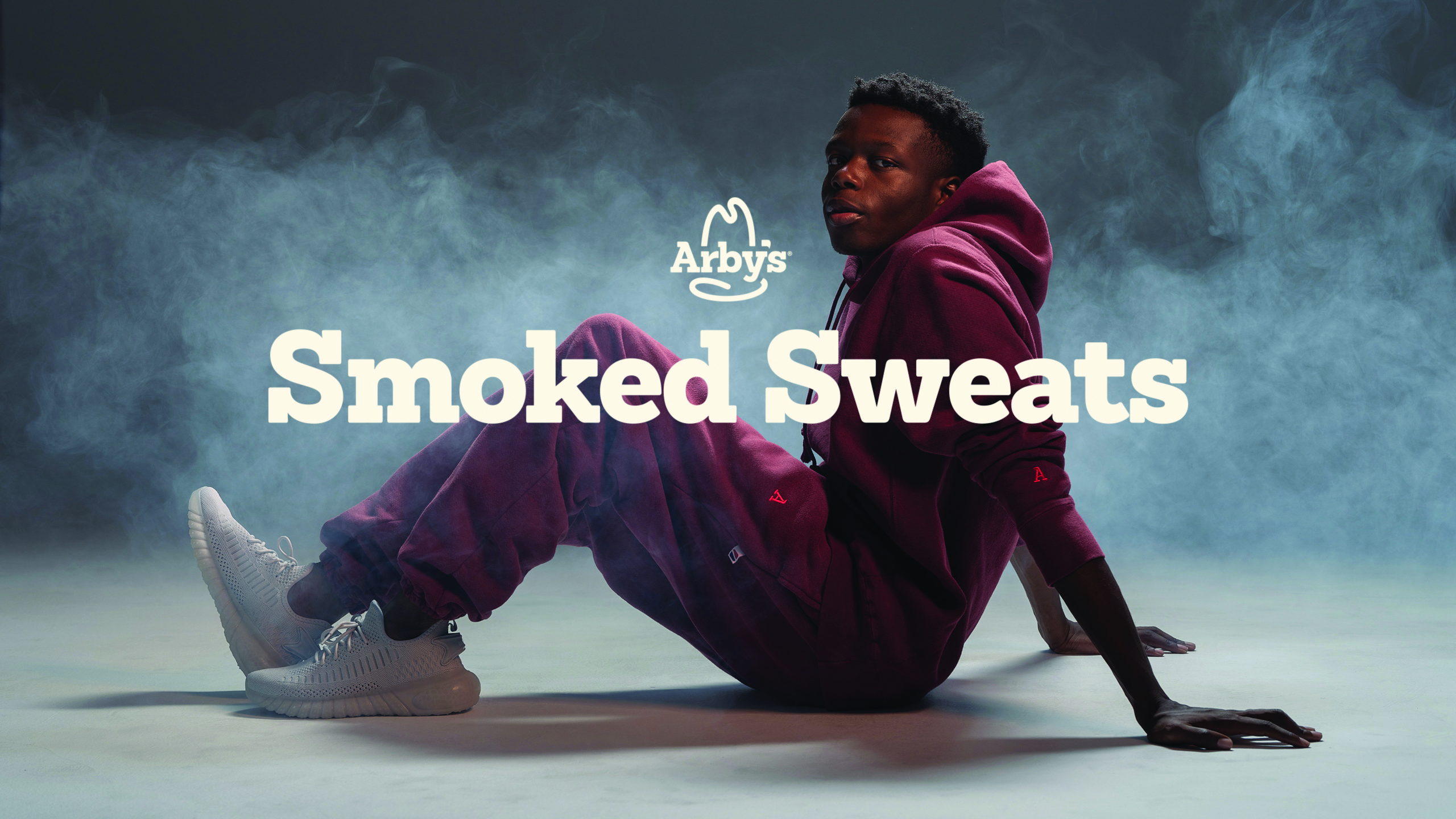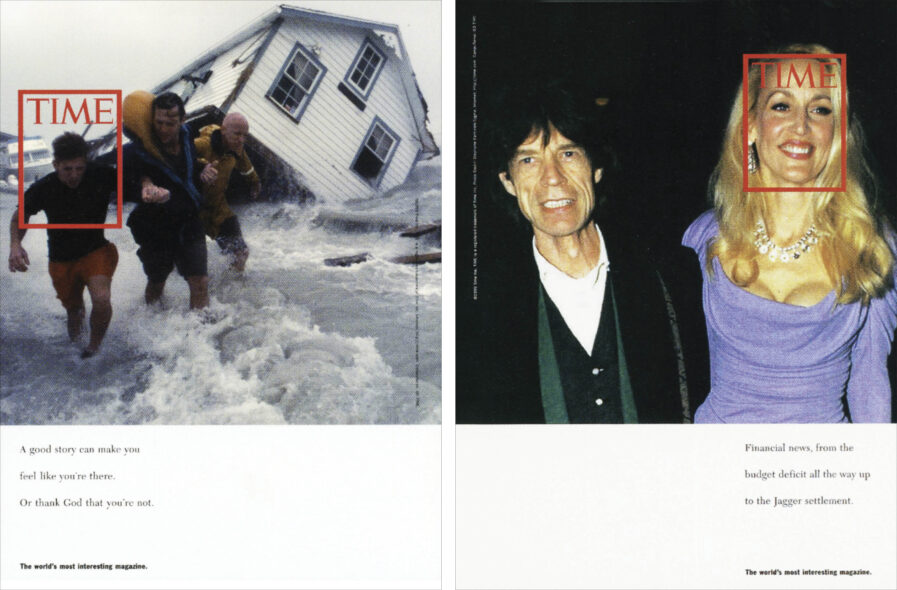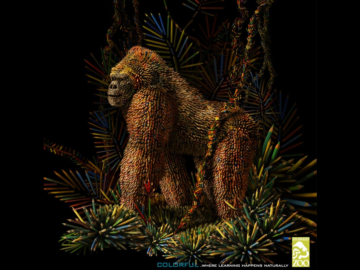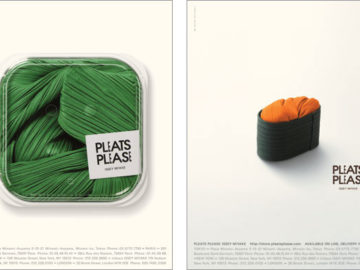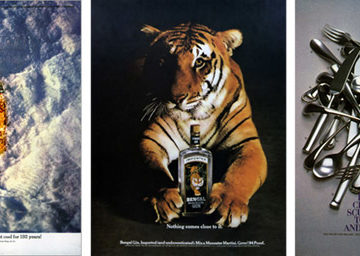“An advertising agency for companies that would rather outsmart the competition than outspend them.” That was the headline of Fallon’s very first ad, introducing the agency in 1981. At the time, it meant an idea could be—and should be—more important than a budget. And it was rooted in the notion that creativity was the last legal means of gaining an unfair business advantage. 40 years later, “Outsmart vs. Outspend” is still their mantra. Today, outsmarting means creating big, juicy ideas that can travel across the sea of emerging media. Today, outsmarting means using data in artful ways to inspire insights and inform message delivery. Today, outsmarting means an ad is anything a brand does, whether it’s 60 seconds, six seconds, six characters, or some other thing that doesn’t fit squarely in any size or shape. Today, outsmarting means brands aren’t only owned by marketers who architect their every move. They’re co-owned by consumers. Or, as Fallon likes to call them, people. Today, outsmarting means MODERN CREATIVITY.
